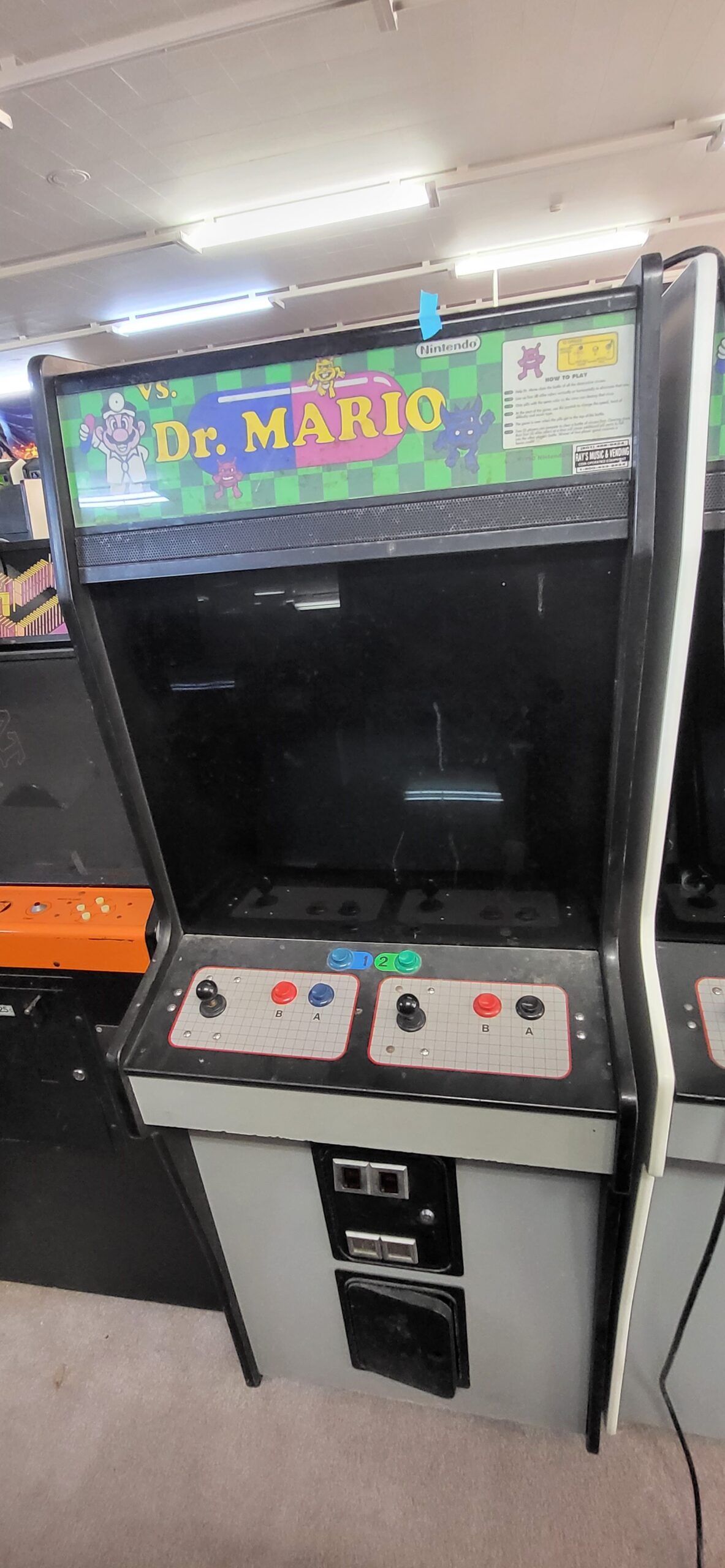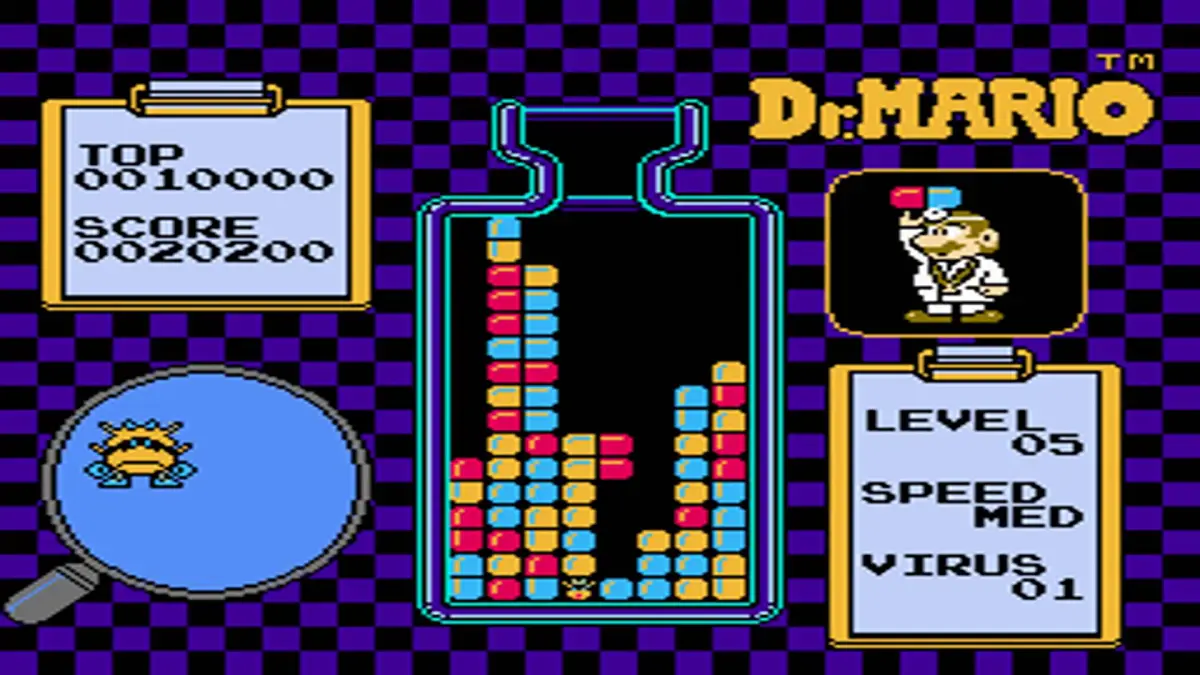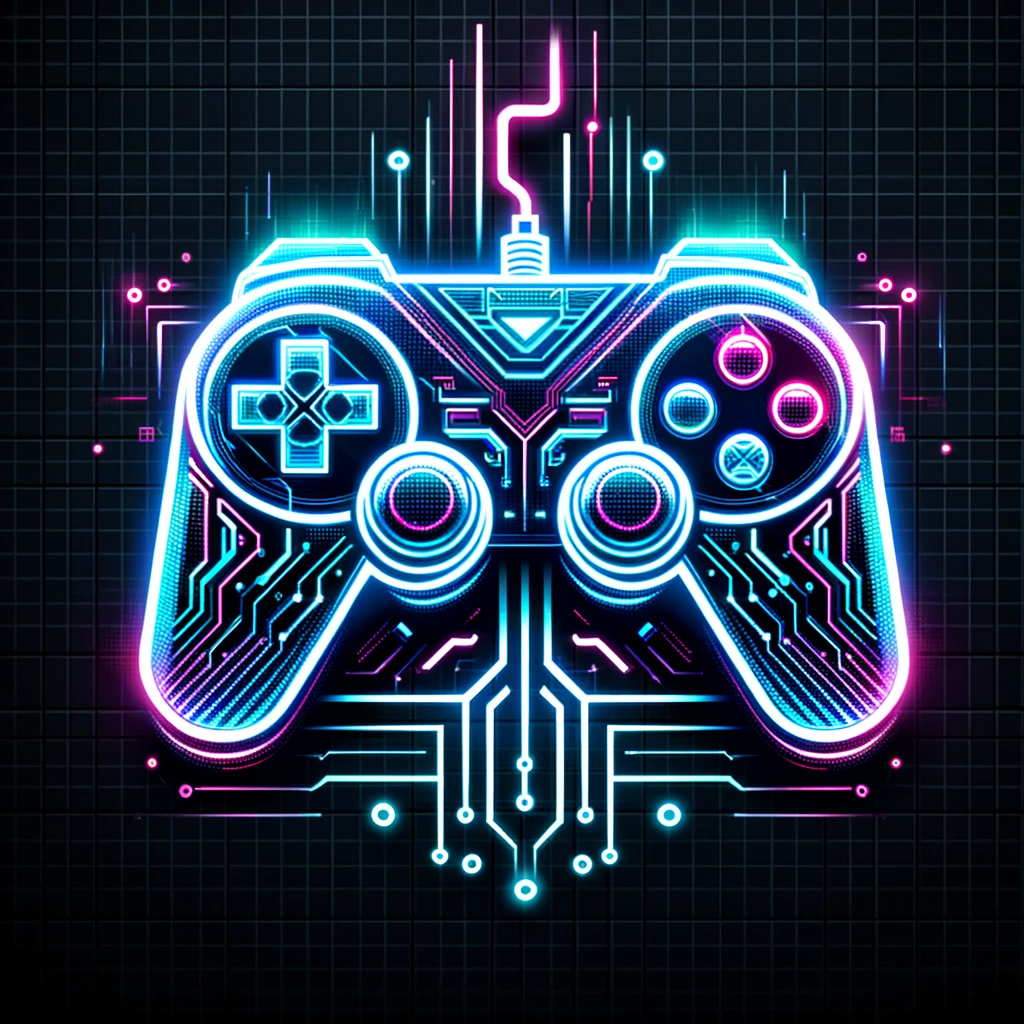
Dr. Mario
Arcade / Nintendo 1990
Dr. Mario, developed and published by Nintendo, is a classic puzzle video game that combines elements of Tetris with the charm of the Super Mario universe. Released in 1990, the game features Mario taking on the role of a doctor, battling viruses by matching colored capsules with similarly colored viruses to eliminate them from the screen. The game is renowned for its addictive gameplay, catchy music, and simple yet challenging mechanics that have captivated players for decades.
Dr. Mario emerged during the height of puzzle game popularity in the early 1990s. Created by Nintendo’s R&D1 division, the development team sought to capitalize on the success of Tetris while incorporating the beloved Mario characters. The game was initially released for the Nintendo Entertainment System (NES) and the Game Boy, eventually finding its way to various other platforms. Dr. Mario’s development marked an ingenious fusion of the puzzle genre with the iconic Mario universe, contributing to its enduring appeal.
Dr. Mario received widespread acclaim for its engaging gameplay and clever integration of Mario characters into the puzzle format. Critics and players praised its addictive nature, strategic depth, and the timeless appeal of its design. The game’s success led to various sequels, spin-offs, and adaptations across Nintendo’s gaming platforms.
Dr. Mario has taken on various forms over the years, with iterations on consoles like the Super Nintendo Entertainment System (SNES), Nintendo 64, and modern systems like the Nintendo Switch. Notable titles include “Dr. Mario 64,” “Dr. Mario Express,” and “Dr. Mario World” for mobile devices. Each version introduces unique features, game modes, and updated graphics while preserving the core puzzle-solving mechanics.
While Dr. Mario cartridges are not exceptionally rare, the game’s vintage status can influence its value among collectors. As of my last knowledge update in January 2022, the NES and Game Boy versions are relatively common, and their value depends on factors such as condition, packaging, and whether it includes the original box and manual. Prices can vary, but collectors often seek well-preserved copies for their collections.
Dr. Mario was primarily released for the NES and Game Boy, each with its unique hardware specifications. For repairs, enthusiasts can refer to online resources and communities dedicated to retro gaming. Relevant parts for possible repairs include controllers, connectors, and internal components specific to the NES and Game Boy systems. Instructions for troubleshooting and repairing these components can be found in various online forums and retro gaming communities.


